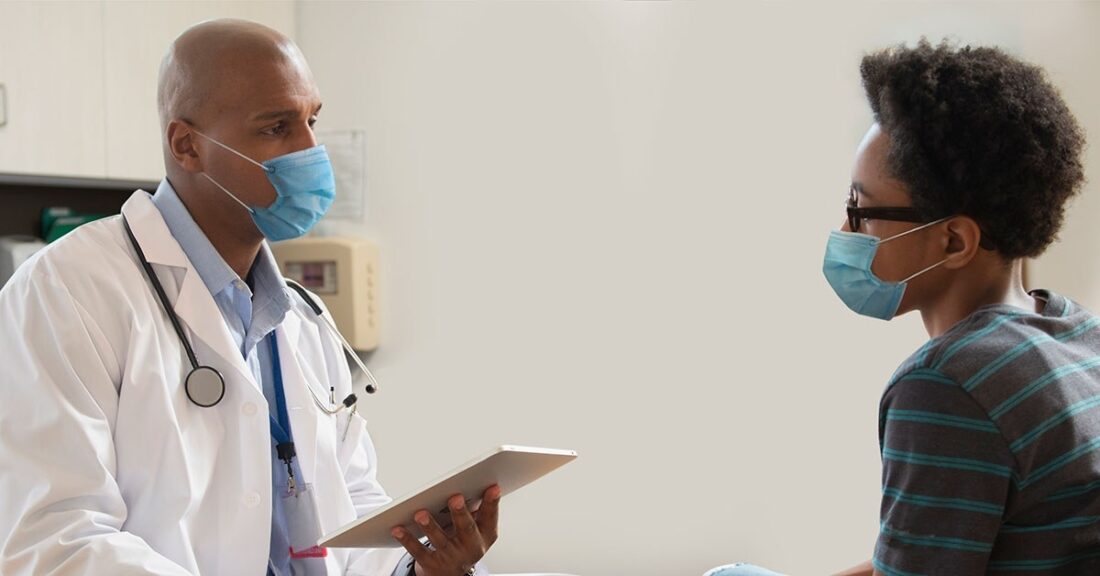Pediatric Organization Calls for Juvenile Justice Reforms

A new resource looks at the prevalence of trauma among youth in the juvenile justice system and outlines ways to protect their mental and emotional well-being. The fact sheet, produced by the American Academy of Pediatrics (AAP), is part of a growing call from child and adolescent health experts to reform longstanding juvenile justice policies and practices.
“Efforts aimed at improving our juvenile justice system must extend beyond issues related to youth arrest and detention and consider the comprehensive needs of children and adolescents who are among the most marginalized in our society,” says Mikah Owen, a pediatrician and AAP member. “These young people are more likely to experience childhood trauma and have unmet medical, mental health, behavioral and psychosocial needs.”
Read how adolescent brain science can inform juvenile justice reforms
Owen’s advice echoes a growing body of research that captures — and defines — the longstanding impact of traumatic childhood experiences and the science of adolescent brain development. More than half of all justice-involved youth have experienced domestic violence, traumatic loss or bereavement, according to the AAP, which is a grantee of the Annie E. Casey Foundation and the nation’s flagship pediatric organization.
Unfortunately, the current juvenile justice system can and does inflict further trauma on these young people — including through the use of isolation and solitary confinement, which are “too often used to control or punish,” the fact sheet says.
“Pediatricians understand that justice system involvement — and the childhood adversity that often precedes it — can derail young people’s chances for healthy development,” says Liane Rozzell, a senior policy associate with the Casey Foundation.
Creating an Age-Appropriate Juvenile Justice System
“Our patients cannot vote and cannot speak up for themselves, so pediatricians are uniquely positioned to stand with them as advocates,” Owen explains.
To this end, AAP recommends the following juvenile justice system reforms:
- Advance policies and community action to address the root causes of juvenile justice involvement, including systemic racial disparities as well as unaddressed mental health, medical and legal needs.
- Ensure that incarceration for children and young people is used only as a last resort, which means after diversion and other community-based interventions have been deployed.
- Abolish excessively punitive and developmentally inappropriate practices that serve to further traumatize children. The group cited isolation, solitary confinement and sentences of life without parole as particularly harsh practices that should be abandoned in favor of approaches that better support the developmental needs of young people.
Establishing a Universal Minimum Age
Seven adolescent health professional groups — including the AAP — have jointly called for establishing a minimum age for juvenile justice involvement and the use of “scientific evidence, morality and common sense” when doing so. The organizations, which recommend a minimum age of at least 12, are:
- American Academy of Child and Adolescent Psychiatry
- American Academy of Pediatrics
- American Council for School Social Work
- American Psychological Association
- Clinical Social Work Association
- National Association of Social Workers
- Society for Adolescent Health and Medicine
The United States remains one of the only countries without a nationally mandated standard for juvenile prosecution. Fewer than half of all states have set a minimum age threshold for trying children in juvenile courts. Where age minimums exist, they range widely — from 6 to 12 years old. By comparison: Most countries have set 14 as the minimum age, according to the National Juvenile Justice Network.





